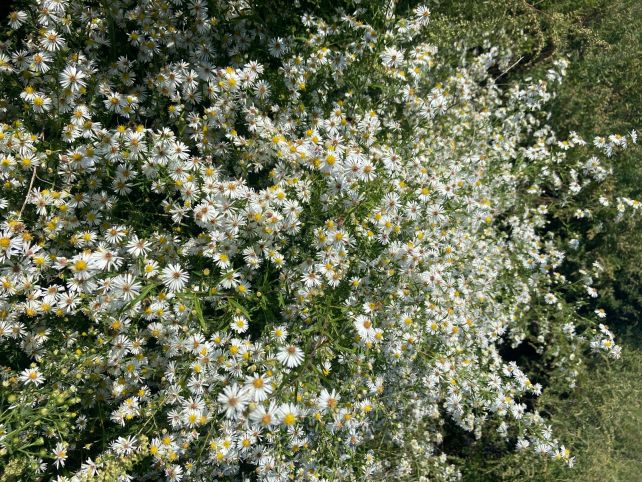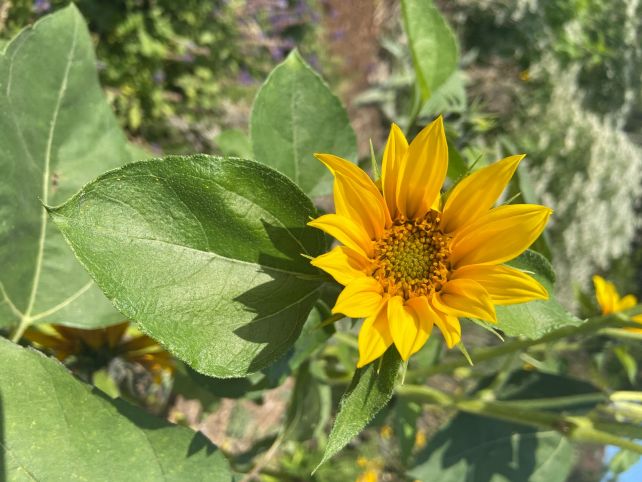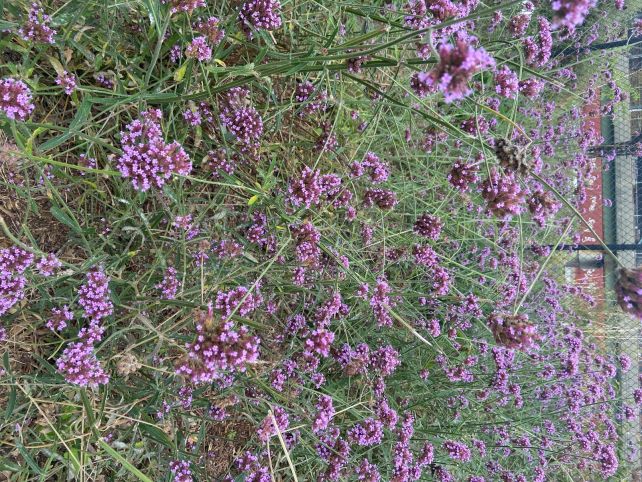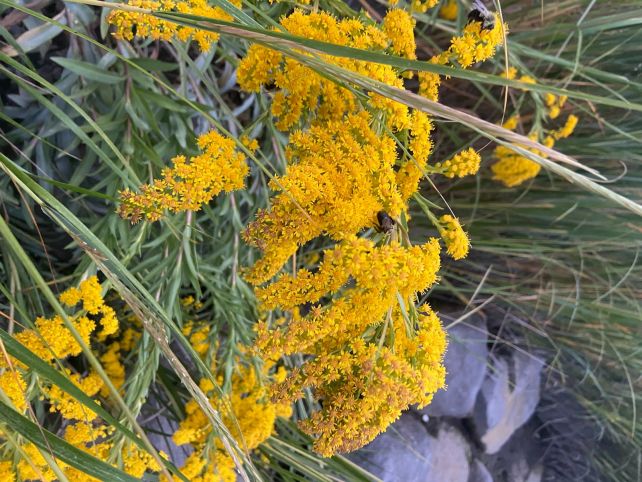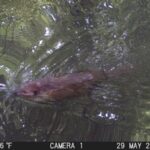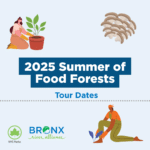“We don’t ask a flower any special reason for its existence. We just look at it and are able to accept it as being something different from ourselves.” -Gwendolyn Brooks (American poet).
One of the most beautiful parts of nature includes the array of flowers that decorate our planet in all shapes, sizes and colors. Something that is perhaps more profound is the human ability to create symbolic meaning out of the physical world around us. Over the past few months, I have been making trips up to the Bronx River and had the opportunity to visit some of its parks. No matter where I went, I was welcomed by the sight of flowers that lined the paths that I walked on. The following are photos of flowers I took, their species, and their meanings. All of these flowers can be found along the Bronx River. The Foodway of Concrete Plant Park specifically has all of these plants and many more.
Black Eyed Susans (Rudbeckia hirta)
Black Eyed Susans are flowers distinguished by their dark brown bulb center (“Black Eye”) and thin yellow petals. They can be up to three feet tall. They grow over the course of two years, germinating in their first spring and flowering in their second. They have been used as treatments for snake bites and as an infusion in drinks for colds. They signify upliftment.
New England asters (Symphyotrichum novae-angliae)
New England Asters are flowers with orange/yellow centers and purple petals. The “flower” part (the center) is made up of 100-150 individual flowers. The petals themselves are also flowers that are called ray flowers. They grow 3-4 feet tall. New England Asters are common across the United States, with the exception of some southern and western states. Pollinators, such as the monarch butterfly, are huge fans of their aroma. They also grow in Canada. Purple asters symbolize wisdom and royalty.
Anise hyssop (Agastache foeniculum)
Anise hyssops are perennial flowers that are notably native to prairies, fields in the upper Midwest and Great Plains, as well as dry upland forests. They grow 2-4 feet tall. They have opposite leaves on square stems, which is common within mint plants. These leaves have been traditionally used for consumption, ranging from salads to jelly flavors and teas. Although purple in the photo, the flowers themselves can be blue or white. Because of their cleansing abilities, they are thought to represent purity or humility.
Frost asters (Symphyotrichum pilosum)
Frost asters are plants that grow up to 3.5 feet tall and grow on large shrubs. Their stems have white hairs that usually turn reddish brown and shed as they age. Their centers also become reddish brown as they get older. Like New England Asters, their petals are also individual flowers. Although they are white, they may have subtle hints of blue or violet. They bloom in autumn, helping the floral season survive a bit longer. White asters are regarded as innocence.
Common sunflower (Helianthus annuus)
Sunflowers are flowers with large heads that can be as short as 1.5 feet and as tall as 8 feet. Their vibrant yellow hue has been used as dye. Contrary to popular belief, sunflowers do not follow the sun. When they are young, there certainly is phototropism but as they grow older, they only face eastward. Their leaves, however, are perpendicular to the sun’s rays. They symbolize unconditional love.
Purpletop vervain (Verbena bonariensis)
Purpletop vervain are 5-6 foot tall plants with 2 inch globes of purple flower clusters. They are drought resistant, meaning they can withstand having only a small amount of water. Depending on what climate zone it is in, its bloom period is from the early Summer until when it becomes cold. Its flowers have a sweet aroma that butterflies and bees are very much attracted to. Their seeds are also eaten by songbirds. However, mammalian herbivores do not usually like the bitter taste. Verbenas signify protection and healing.
Goldenrod (Solidago)
Goldenrods are flowers that have stems that grow yellow flowers in thick clusters. They bloom during the late summer and fall. These stems grow 2 to 16 inches. They especially like to grow in September and October. The yellow flowers can be used in salads and the leaves can be used to make tea or spinach. The leaves can also be incorporated into soups. Goldenrods are considered to be weeds, since they grow and spread quickly. They are sometimes distributed while people are grieving and imply good luck in the future.

.png)
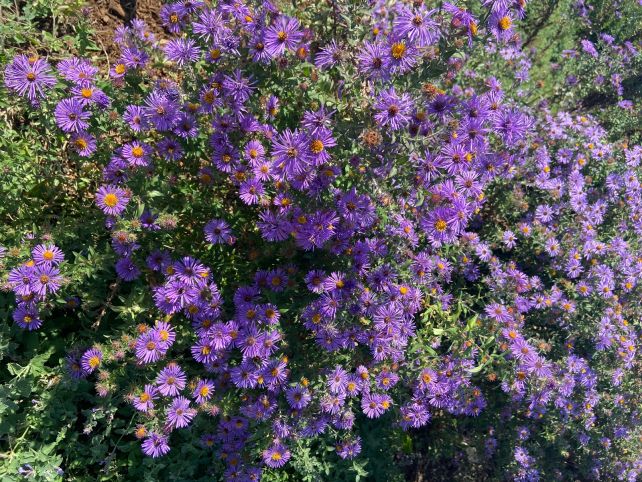
.jpg)
